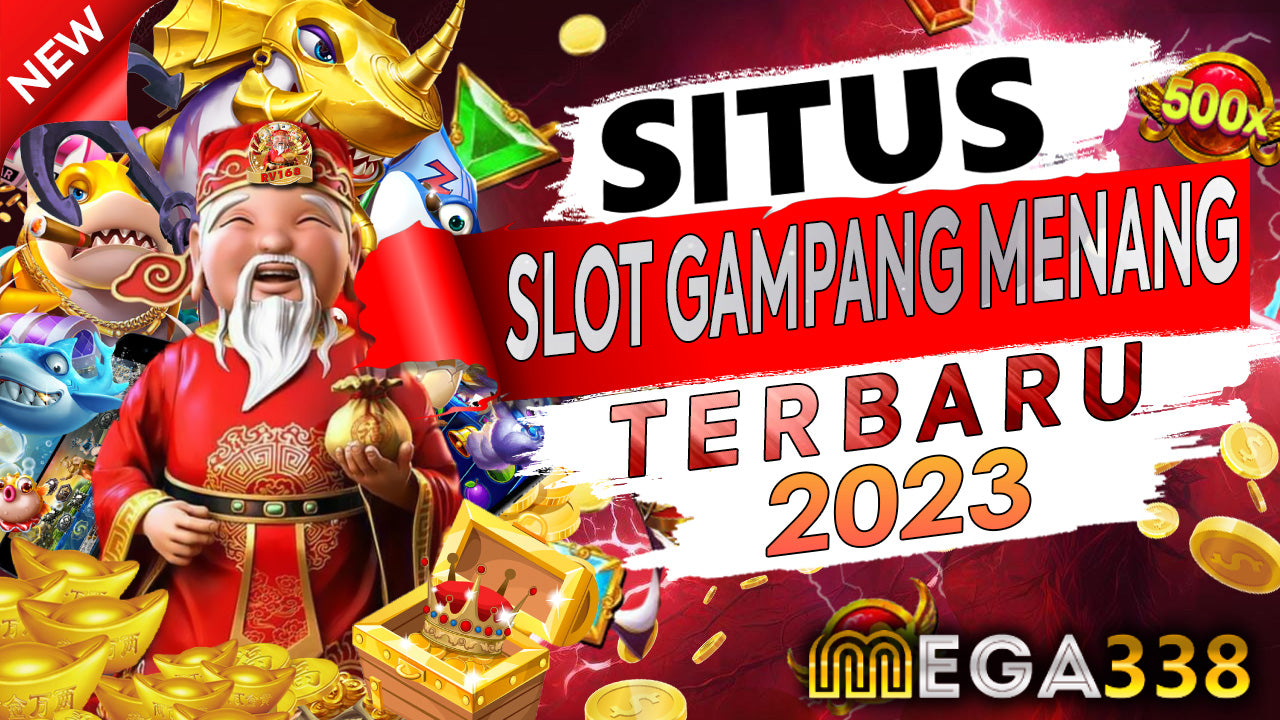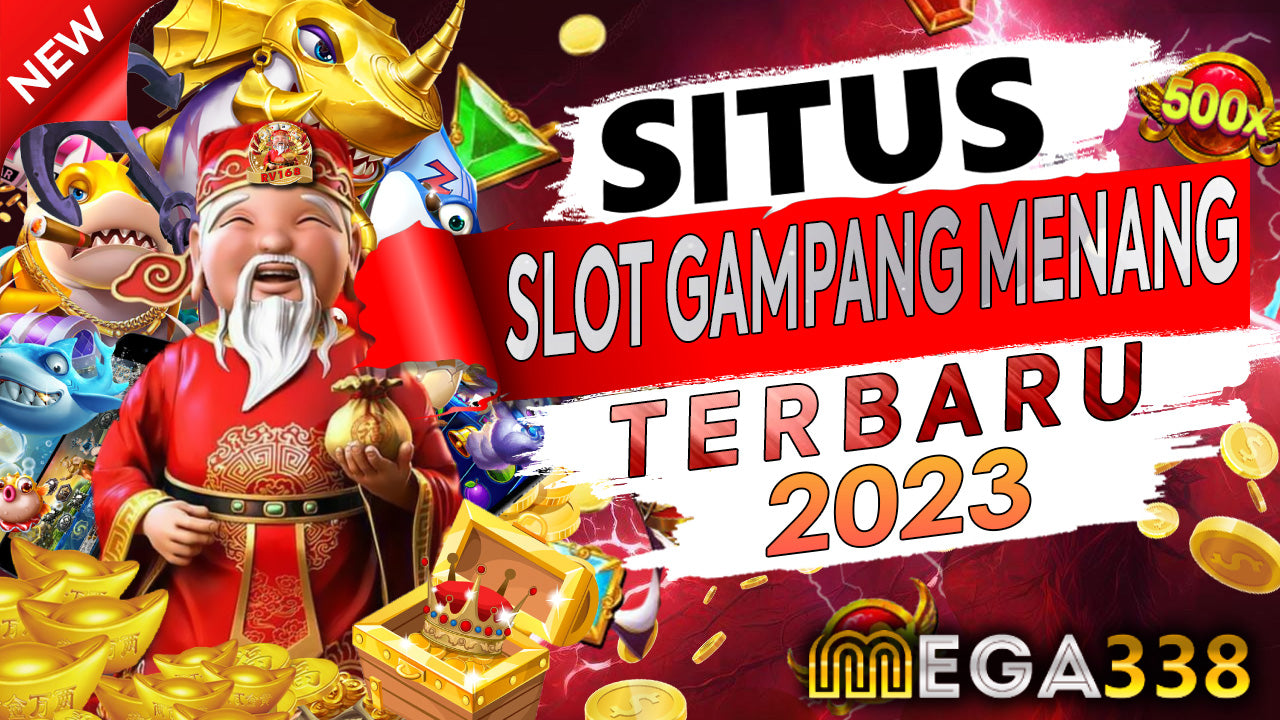1
/
of
1
Mega338 - Link Resmi Slot Deposit Pulsa Tanpa Potongan 2024
Mega338 - Link Resmi Slot Deposit Pulsa Tanpa Potongan 2024
Mega338 merupakan slot deposit pulsa tanpa potongan menerima pulsa telkomsel,xl dan tri dengan minimal deposit hanya 10 ribu akses link alternatif anti-blokir Mega 338.
Slot Deposit Pulsa Tanpa Potongan
Deposit pulsa tanpa potongan menjadi salah satu daya tarik utama Mega338 adalah kemudahan dalam melakukan transaksi deposit menggunakan pulsa tanpa potongan. Ini memberikan keuntungan bagi para pemain yang ingin menikmati permainan tanpa harus khawatir tentang biaya potongan yang dapat mengurangi nilai deposit mereka.



